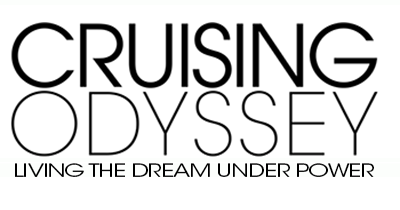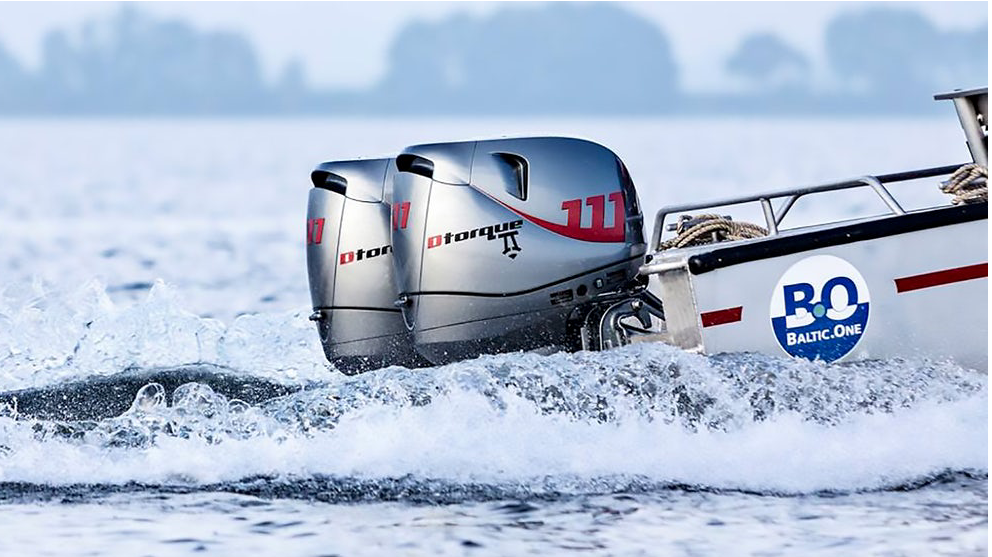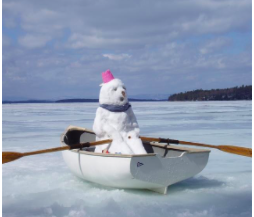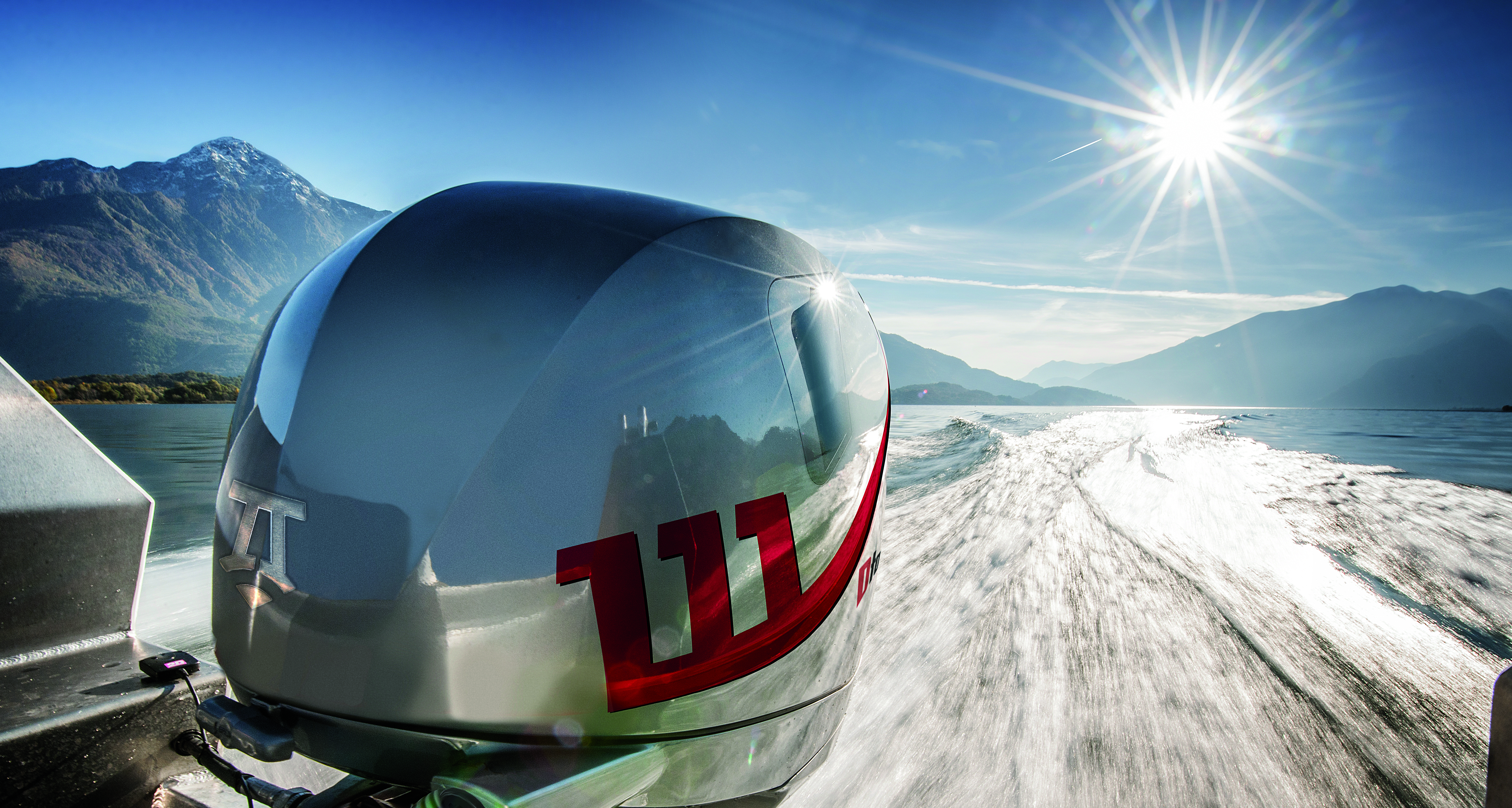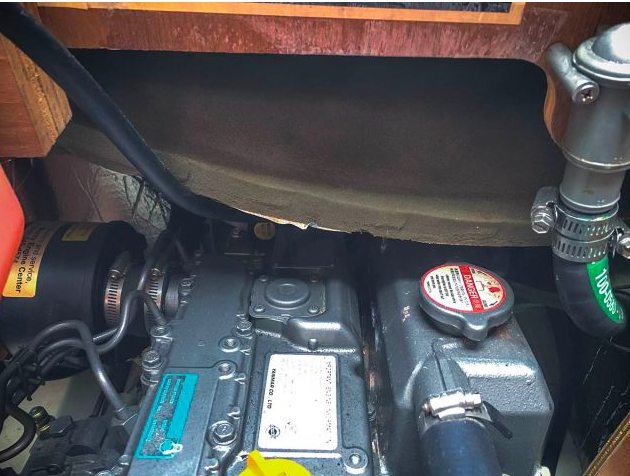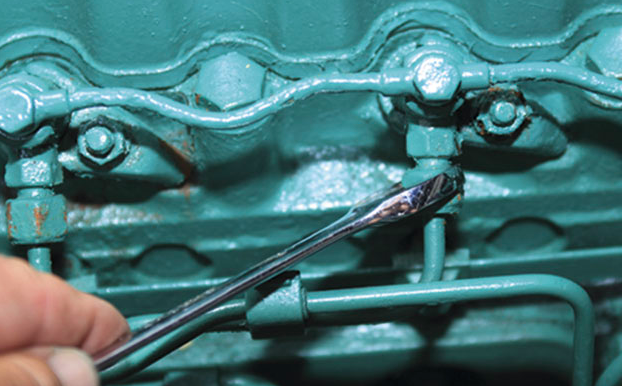Regardless of the size or quality of your boat, or the number of nautical miles you have under your belt, you’re not going anywhere if your battery is dead. A good battery charger can make sure your battery is charged and healthy and is ready to go. This is particularly an issue if you’re not using the boat frequently. But which battery charger do you need, and then where do you install it on your vessel? Here’s a great story to answer those questions from Boating World. First off, make sure the charger has enough options and features to insure…
Browsing: Engine Room
Nothing is more vital to the integrity of your boat than its seacocks. Have a problem with one of them, and you literally could be sunk. Depending on the size and type of your boat, you could have a few, or quite a few, down in your bilge, but you’ll certainly have them for your engine(s), genset, head(s) and other equipment. It’s also a good idea to have a mallet and tapered plugs, sized to fit, ready to go in case one of them totally fails. Here’s a good story from Sea about how to care for seacocks and how…
Production has started on the innovative Yanmar Dtorque 111 50-hp, common-rail, turbo-diesel outboard, which the company says is the world’s first viable diesel outboard. The new outboard was developed as a Neander-Shark engine; Neander Motors, based in Kiel, Germany, on the Baltic, specializes in producing small capacity diesels with two con-rods per piston. The new outboard has two counter-rotating crankshafts in a lightweight aluminum block to create a perfect balance, free of vibration. The diesel outboards are lighter and more compact than traditional gas outboards of the same size. The company says they have twice the engine life, up to…
For those of us in the north, it’s that time of the year. Unless you’re heading south, your cruising season is ending. Time to put the boat away for the winter, and that means winterizing your engines. Everybody has their own list, and many people simply turn their boats over to their marinas. Even if you do, it helps to know what needs to be done. Here’s a great list from BoatU.S. that at least will serve as a starter. The list covers outboards, gas and diesel inboards, and stern drives, and deals with more than just the engines themselves.…
Now you can have all the immediate information you need – data measuring 30 different parameters – to keep your boat and all four of your engines running happily, thanks to Mercury Marine’s new VesselView 903 display, the company’s largest and most advanced multifunction display yet. And yes, its bright, high-def glass touchscreen displays information simultaneously for up to four engines, if you have that many. “Our next generation VesselView technology allows boaters the ability to simultaneously display information for up to four engines at a time in an easy-to-use-touch-screen interface,” said Zachary Savage, Mercury Marine’s VesselView Program Manager. The…
The trend toward diesel-powered outboard engines just got stronger, as Yanmar Marine joined forces with Neander Shark, a German manufacturer, for global distribution of the new Dtorque 111 twin-cylinder, 50-hp turbo diesel outboard. Yanmar says this is the world’s smallest diesel outboard with common-rail fuel injection, providing class-leading range, fuel efficiency, exhaust emissions and noise levels. The new compact outboard has an engine life of at least 10,000 hours, according to the company, more than double the lifespan of a comparable gas outboard. The diesel is smooth and quiet, delivering 50-hp at the prop with a torque output of 111…
Volvo Penta just introduced a new 1,000 hp-engine, its largest ever, at the boat show in Sydney, Australia. The company says the new 13-litre diesel has both higher performance and a longer life than any of its previous engines. The new inboard, and its equivalent from Volvo’s IPS range, the D13-IPS1350, have been designed for use in yachts up to 120 feet, although the IPS version was tested in a 68-footer. “This is hugely exciting for us to create our most powerful engine yet,” said Johan Wasterang, VP for product management at Volvo Penta. “It’s truly a landmark product for…
In a move that could make your cruising life easier, the Coast Guard is testing diesel-powered outboards on some of its Fast Rescue Boats. If the tests are successful, and more diesel outboards move to the recreational boat market, it could mean that you wouldn’t have to carry separate gas on board for your RIB or dink if you have a diesel-powered cruising boat. It’s also possible that diesel outboards will become more popular as the primary engine(s) on larger recreational boats. The Coast Guard test involves 175-hp Mercury Optimax outboards, as well as 200- and 300-hp units, and will…
Ask any builder of modern cruising boats, and they’ll readily confirm that sound levels are extremely important to their owners and potential buyers. Not only at the helm and salon, but also even in the staterooms, particularly since many master staterooms now are located midships, just forward of the engine room. A noisy boat with a lot of decibels coming from the engine or the generator (or both) can make for an uncomfortable cruise; it makes talking difficult at best, and it can lead to a headache and a longing to return to the peace and quiet of home back…
Do you know what to do if your diesel exhaust suddenly turns grey? Or the engine loses power? Or overheats? Even if you do, here’s one of the best and most thorough stories I’ve seen about how to diagnose and fix most problems with a diesel engine. It’s great as a primer, if you’re new to diesels, and as a refresher, if you’re an old hand. And it covers all the bases, including how to bleed air from the injectors, drain a filter, and change an impeller. The graphics are clear and easy to understand. Take a look: http://www.yachtingmonthly.com/sailing-skills/diagnose-and-fix-marine-diesel-engine-problems-29940
